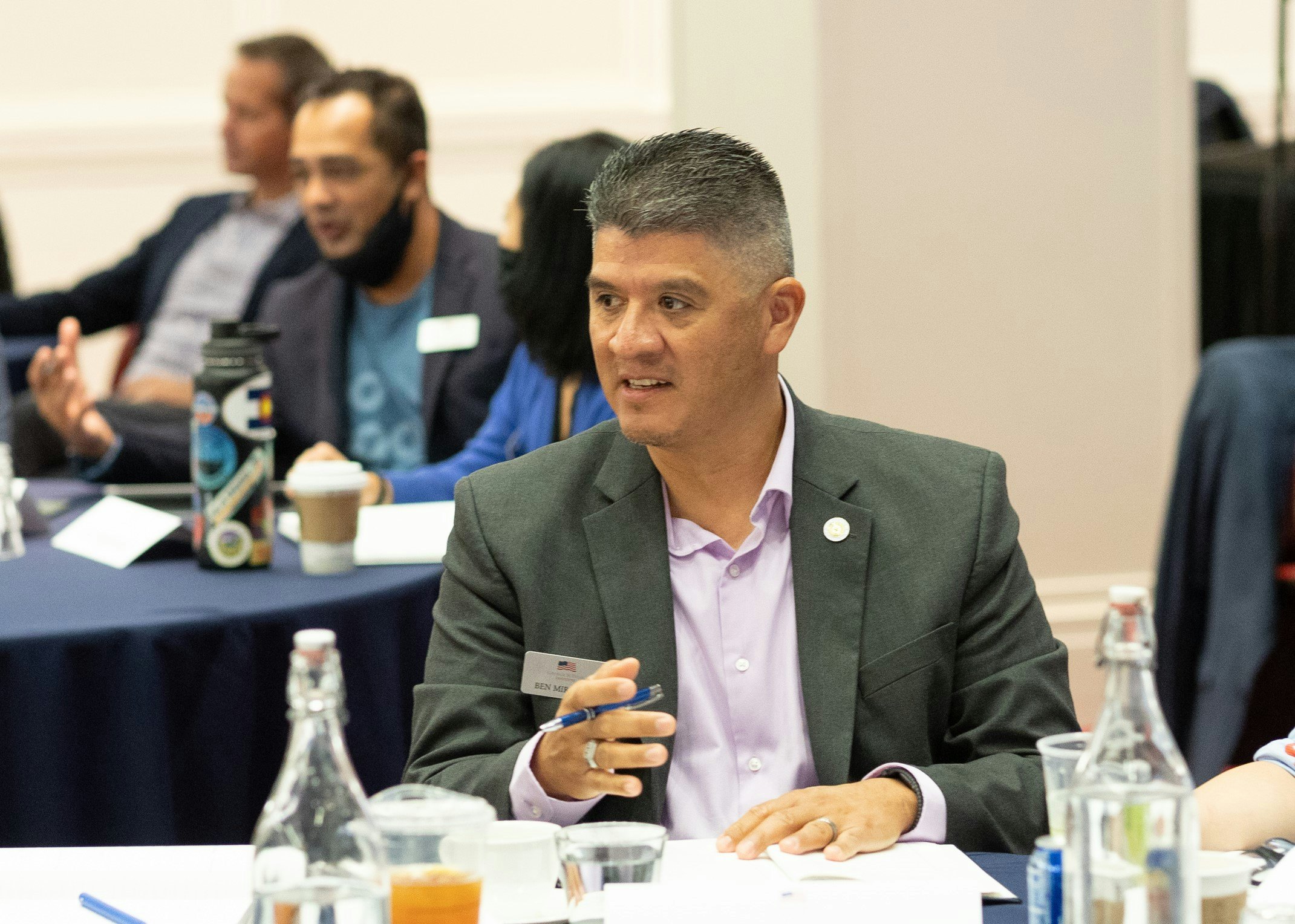The Bush Institute believes that helping members of the military successfully transition to civilian life is a national responsibility. As part of...
The Bush Institute believes that helping members of the military successfully transition to civilian life is a national responsibility. As part of that belief, the Institute has spent more than a year trying to better understand and support post-9/11 veterans.
The first step, a report released last fall, helps paint a better picture of who they are, and the issues they and their families face in transition. A key finding from the original report informs the work of the Bush Institute’s Military Service Initiative overall: the nature of an all-volunteer military service during a time of extended conflict results in a civilian-military divide.
Last year, we highlighted a troubling statistic: 84 percent of post-9/11 veterans say that the American public has little awareness of the challenges facing those who wear or have worn a uniform; and 71 percent of Americans say they don’t understand the problems faced by those who have served since 9/11.
The impact that the civilian-military divide has on transition is obvious – not just for veterans, but for members of their communities, as well – the employers who strive to hire them, the universities that seek to educate them, and the families and communities who are thankful that they are home and want to support them.
We know that veterans are uniquely skilled. They are adaptive, they are resilient, and they are highly-trained problem solvers. In uniform, they have a strong sense of purpose and a commitment to service. It’s a matter of translating those skills and that leadership to a new mission in civilian life so that they become leaders in their communities, innovative entrepreneurs, and valuable employees.
So today we’re releasing new research which represents a step toward closing that divide. Over the past year, the Bush Institute has taken a look at veteran-serving non-profit organizations to identify how they, and the funding community, can be more effective in supporting veterans. The report, Serving Our Post-9/11 Veterans, identifies strategies and best practices for these organizations based on a series of case studies conducted this year by the Bush Institute with Syracuse University’s Institute for Veterans and Military Families.
Our primary goal is to benefit veterans, and to help them learn about the types of organizations that can best support them through their individual transitions.
We also seek to guide the non-profit organizations that serve them – so that they can ensure they are meeting veterans’ needs.
Finally, we hope the philanthropies, businesses, and individuals who play a critical role in funding the work of these many non-profit organizations will drive better results for returning veterans and their families.
As President Bush said, “our country can never really fully repay our vets. But we ought to try.”






























